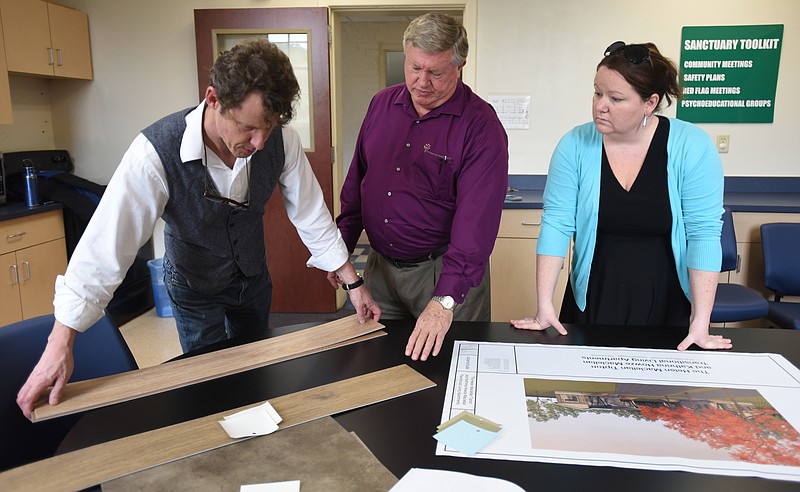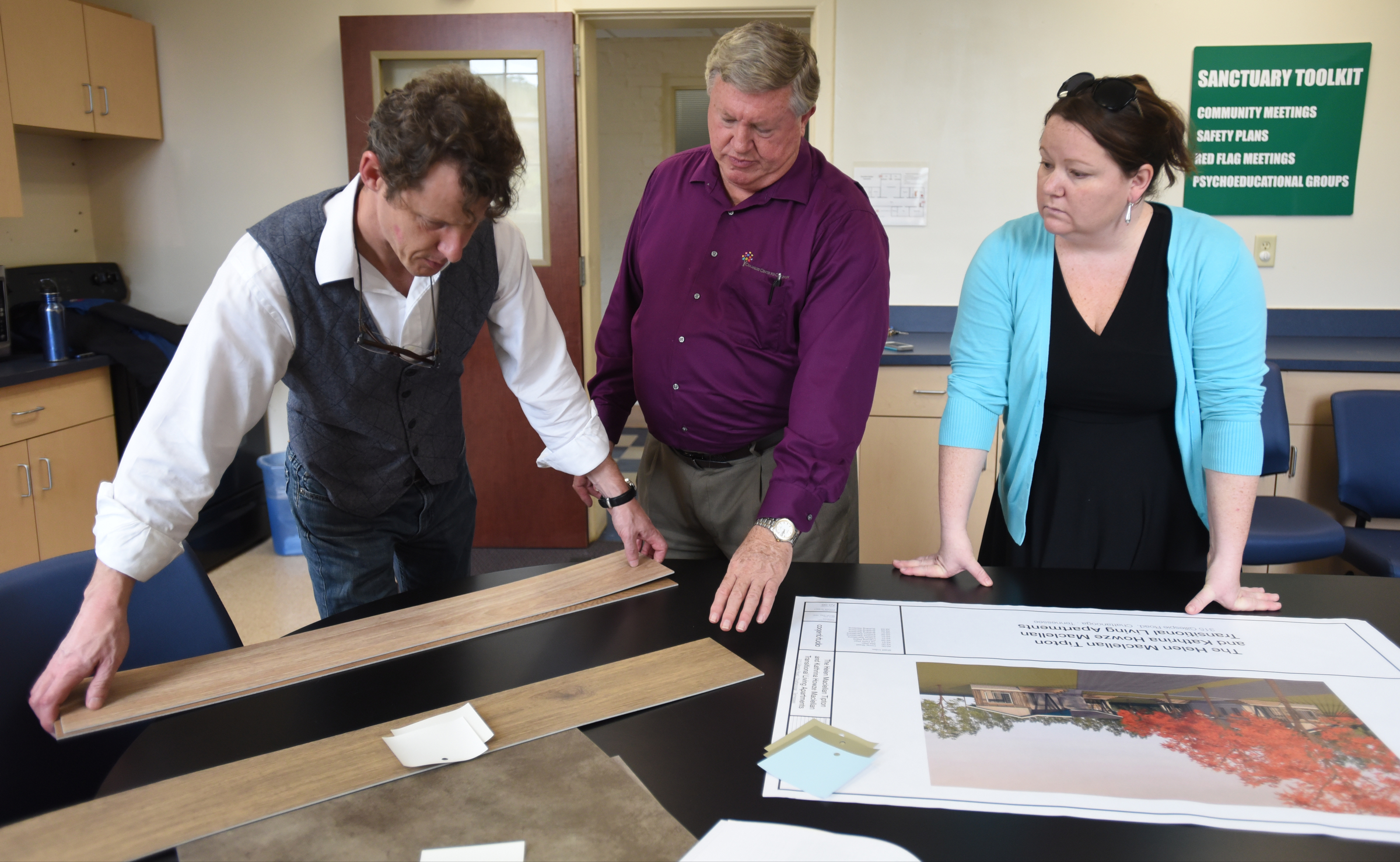Liz Blasbery remembers the young man well.
He had stayed in the group foster home at Chambliss Center for Children longer than any of his other multiple placements, she said. He seemed stable, but then he moved out to stay with a relative. Months later, she realized the relative had died and the youth was homeless.
The young man's situation was typical of too many teens who leave foster care once they turn 18, with few skills and even fewer resources.
"A lot of the young people we see - some are homeless, others are doing what I call 'couch surfing,'" said Blasbery, director of residential services at Chambliss, "going from one friend to the next, one family member to the next."
With no family and few friends or peers, too many of the foster teens who "age out" of the system end up in trouble, she said.
"They end up homeless, too many of the girls end up with unintended pregnancies, and some end up in the criminal justice system," according to Linda O'Neal, executive director of Tennessee's Commission on Children and Youth.
Housing is one of the biggest challenges, O'Neal said.
That's why she and Blasbery and other child welfare advocates are excited about a new facility Chambliss is getting ready to build next to its 17-acre campus off Germantown Road - two duplex, one-bedroom apartments that will give four foster teens a place to live while counselors teach them basic life skills. It will be open to teens from other foster homes in the area as well as Chambliss residents, Blasbery said.
Nationally, about 19 percent of all children in foster homes are age 16 or older, and about 20,000 of them age out of care each year. Many have moved among several foster families and changed schools multiple times, often leaving them without a strong support network of friends or peers.
In Hamilton County, more than 90 teens were expected to age out of foster care in 2014-2015, according to the Partnership for Families, Children and Adults.
While there are programs in place to try to help them, more is needed, foster care experts agree.
Blasbery said she hopes the first four units at Chambliss are just a start. The teens will get training in financial planning, including how to buy groceries on a budget, how to cook, interviewing skills, and job readiness skills.
Funding for the facility will be provided by the Maclellan Foundation, Blasbery said. She expects the project to go out for bids in the next few weeks and for the homes to be ready within about a year.
The Chambliss transitional housing units are among the first in the state, but there are other programs to help foster teens transition into independent living.
The I.A.M. Ready program at the Partnership for Families, Children and Adults in Chattanooga also provides life-skills training, although it does not offer housing. As part of the financial training, students are taught the value of a savings account versus a credit card.
"They are allowed to raise money and put it in a savings account, and when they are done with the program, we will match that money if they are going to buy an asset such as a computer or a car or an asset of that nature," said Karen Murphy, resource development director for the Partnership.
Teens can remain in foster care up to age 21 if they are enrolled in high school or college, and the state provides help with housing.
A report issued two weeks ago by an advisory group for the Commission on Children and Youth recommended several other measures to help foster teens, including help obtaining essential legal documents such as birth certificates; aid in getting a driver's license, and legal assistance to expunge misdemeanor convictions.
Teens can stay with a foster family for as long as they are welcome, but teens in a group home such as Chambliss are required by law to leave when they turn 18.
Sometimes teens initially believe they can make it on their own, but they soon realize they are not ready, Blasbery said.
"There are those at age 18 who say they are tired of the state and caseworkers and want to go back to their birth family," she said, "but it doesn't work out, and they have no place to live."
"This child is coming from a wrecked family, and at 18 is not ready to be independent," Blasbery said. "You can't expect them to go out and succeed at 18."
Contact staff reporter Steve Johnson at sjohnson @timesfreepress.com, 423-757-6673, on Twitter @stevejohnsonTFP and on Facebook at stevejohn sonTFP.

